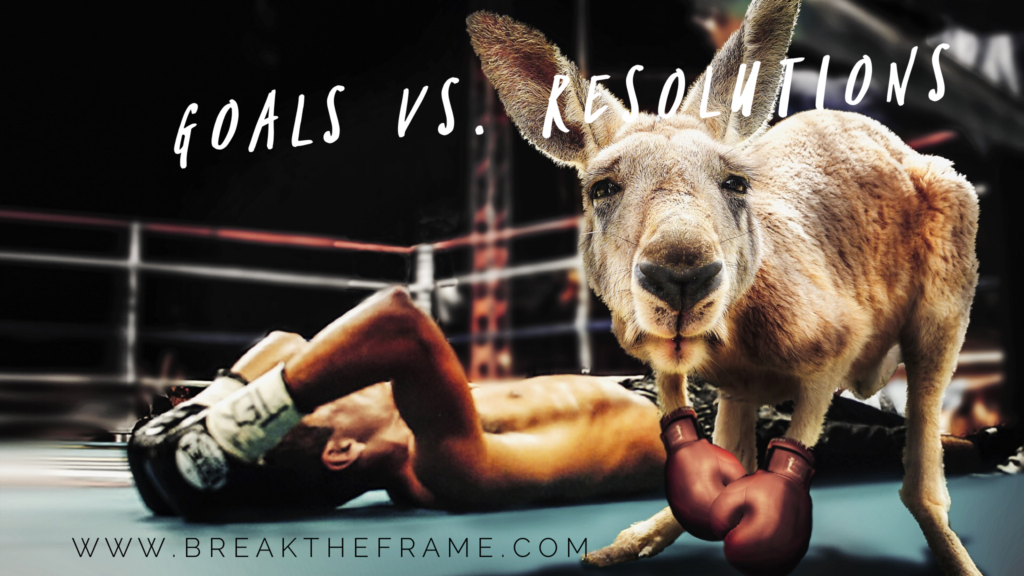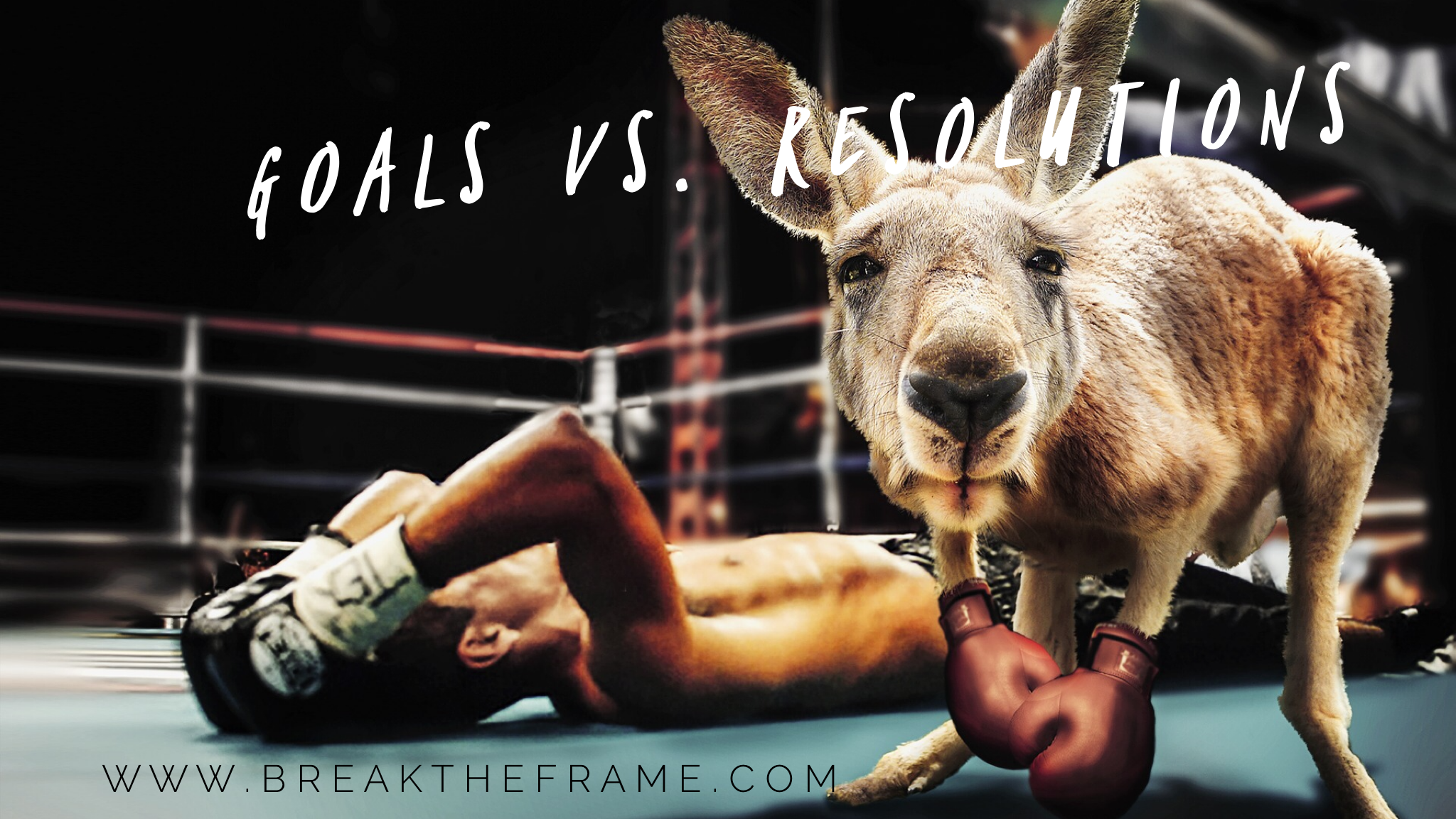
It’s the start of the new year, so it’s resolution time, or one-word time, or three-words time or goals time, or same-old-same-old time. Which one is it for you?
In years past, I’ve set resolutions and abandoned them within months. (Ok, sometimes weeks.)
With the upside-down nature of 2020, my word for the year fell by the wayside in exchange for doomscrolling and obsessively checking my go-to news sources for pandemic updates. I think you can guess how that worked out.
Goals vs. Resolutions – The Battle of the Intentions vs. Actions
It’s now the summer in Australia, and my kids are on their longest school holiday of the year. At the start of the break, I asked them to think about what they want to accomplish over the eight weeks without classes and structure. Once they stopped staring at me like I had 72 heads, they offered me some nebulous promises stated with constrained conviction.
Read more.
Exercise.
Go offline more.
Less TV.
More than binging TV.
Their promises sounded a lot like most people’s New Year’s resolutions.
Vague.
Good ideas with limited backbone.
Not to-do list worthy.
It’s hard to say if you’re accomplishing your resolutions when they’re more ideas than actions.
Drop the grand proclamations and fuzzy promises. Make this the year you dive into how and why, not only what you want to accomplish.
Transition Promises and Resolutions into Goals and Results
Moving from the promise and good intention of a resolution is easy to translate into goals and actions with a quick hit of structure.
In the case of my kids, it was Mom to the rescue. I handed them a sheet to facilitate taking their assurances and converting them into meaningful goals. (I admit, their first thought was not “Mom to the rescue.” I’m choosing to believe they appreciated it anyway.)
Instead of reading about the process, grab a piece of paper of your own, or open up your favorite app and divide it into three sections. Write one of the following headers at the top of each section: Goals, Help Needed, Rewards.
On the top left, prominently write your timeline. For my kids, it was the eight weeks of school holidays. Pick a limited timeframe that works for you instead of the general “this year…” Six weeks? Twelve? Q1? You decide.
Section 1) List Your Goals
TIP: Any more than three is a to-do list. Most important, be specific. Ask yourself: How will I know that I did it? How can I quantify my goal? How will I achieve it? Instead of “Lose weight” or “Lose 20 pounds,” try, “I will go for a three-mile run 3x a week minimum and not eat after 10 PM.” Goals should be about actions, not only endings.
Section 2) Here’s the specific help I need to reach my goals (if any)
TIP: If you need someone else’s involvement, enroll them in your plans. For example, if you want to do a final edit of your book, you need beta readers. Line up the help you need, so excuses don’t get in your way.
Section 3) What reward will I give myself when I attain my goals?
TIP: List a reward per goal. If you set three goals for yourself, celebrate three times. Recognition of your effort helps keep you focused. Honor both your efforts and results.
Goals require action. Do more than name the finish line. Interim goals are the actions you’ll take to meet your objective.
Progress or Excuses?
An exercise in goal setting is worthless if you forget about it three minutes after you do it. Put your sheet somewhere you’ll see it daily.
It’s easy to buy-into your excuses. You know, all of the reasons you didn’t do it today, but like totally will do it tomorrow. Totally.
If you shove your goals in a drawer, that’s the level of priority they will get in your life.
It’s up to you to keep yourself in check. Are you making progress towards your goals, or are you making excuses?
What are the differences between goals and resolutions?
Goals have a line to cross and something to celebrate.
Resolutions are general intentions to do better.
Goals are time-bound.
Resolutions are all about your willpower.
Goals enable you to track your progress and see progress.
Resolutions are what you tell yourself you have to do no matter how much you don’t want to do it.
Goals give you purpose.
Resolutions hope to transform hope into habit.
Goals are quantifiable – you did, or you didn’t.
Resolutions give you a push, and goals have pull and power.
Goals allow for incremental change.
Resolutions are a promise of all or nothing.
Once achieved, goals lead to new targets – stepping stones taking you from where you are today to where you want to be tomorrow..
Instead of starting the year with resolutions and promises, take the time to set your initial goals. Pick a timeframe, set a goal, track your progress, and reward your accomplishments.
Change starts with you. Do more than promise yourself this year will be different. It’s up to you to make it true.


I love how you differentiate goals and resolutions. At this time of year many of us make New Year’s resolutions but haven’t the foggiest idea how to make them happen. Goals are so critical, especially if we can make them SMART goals. In addition, I find breaking them down into smaller steps helps me achieve the goal more often. Go for smaller wins that build and reward yourself for those moves.
Thanks Alli and will share!